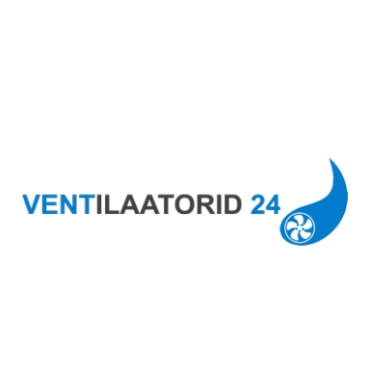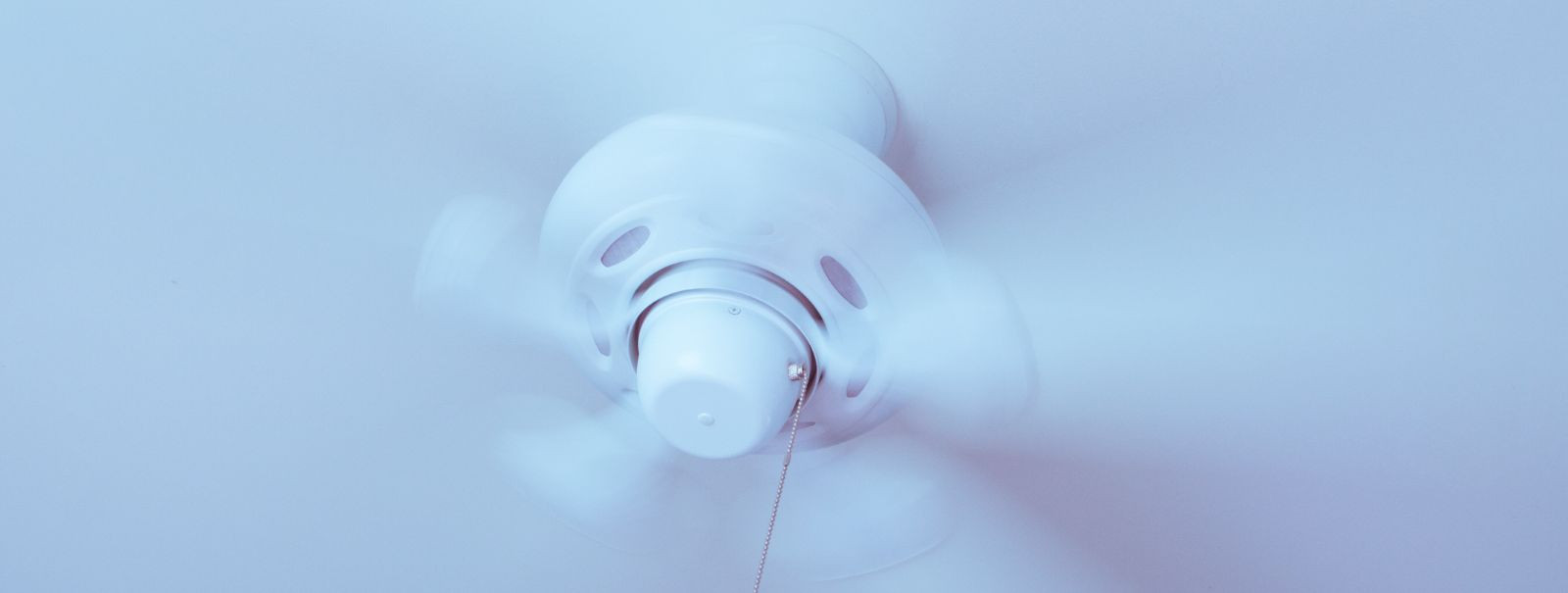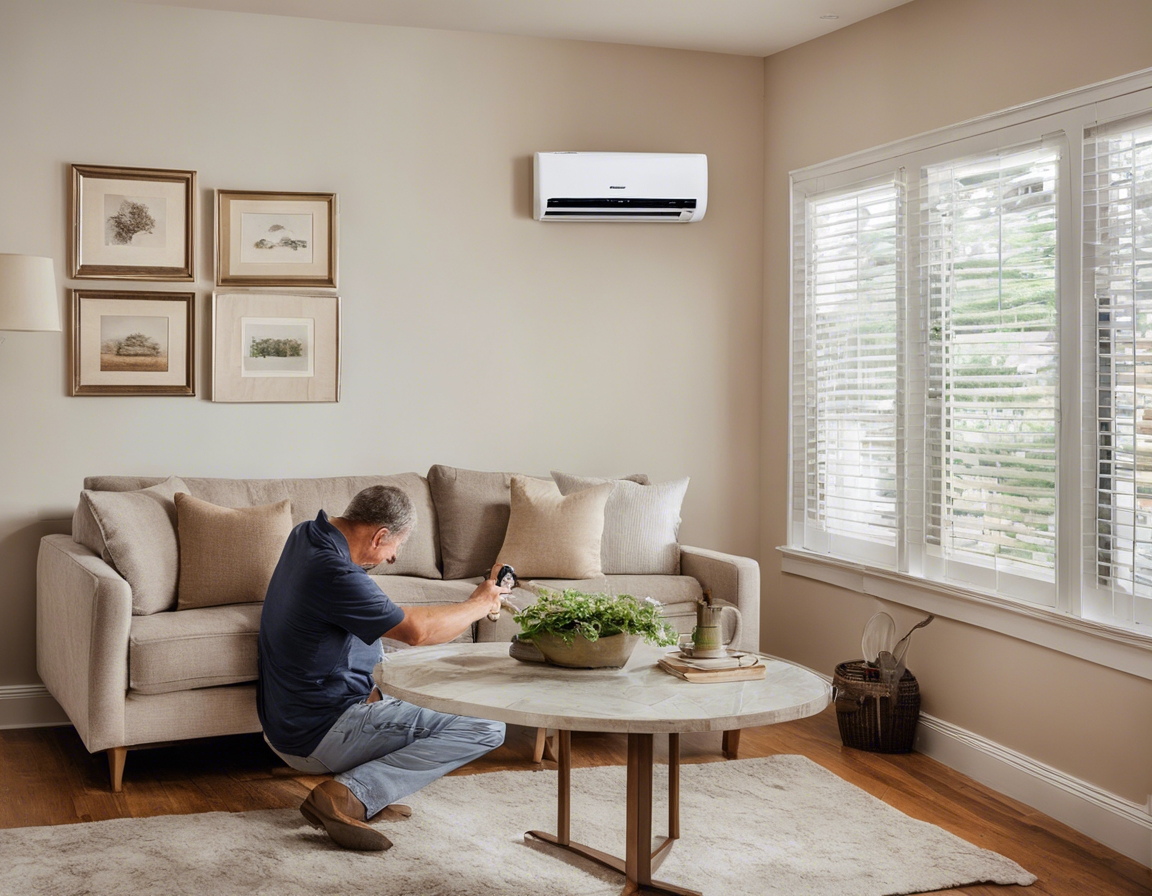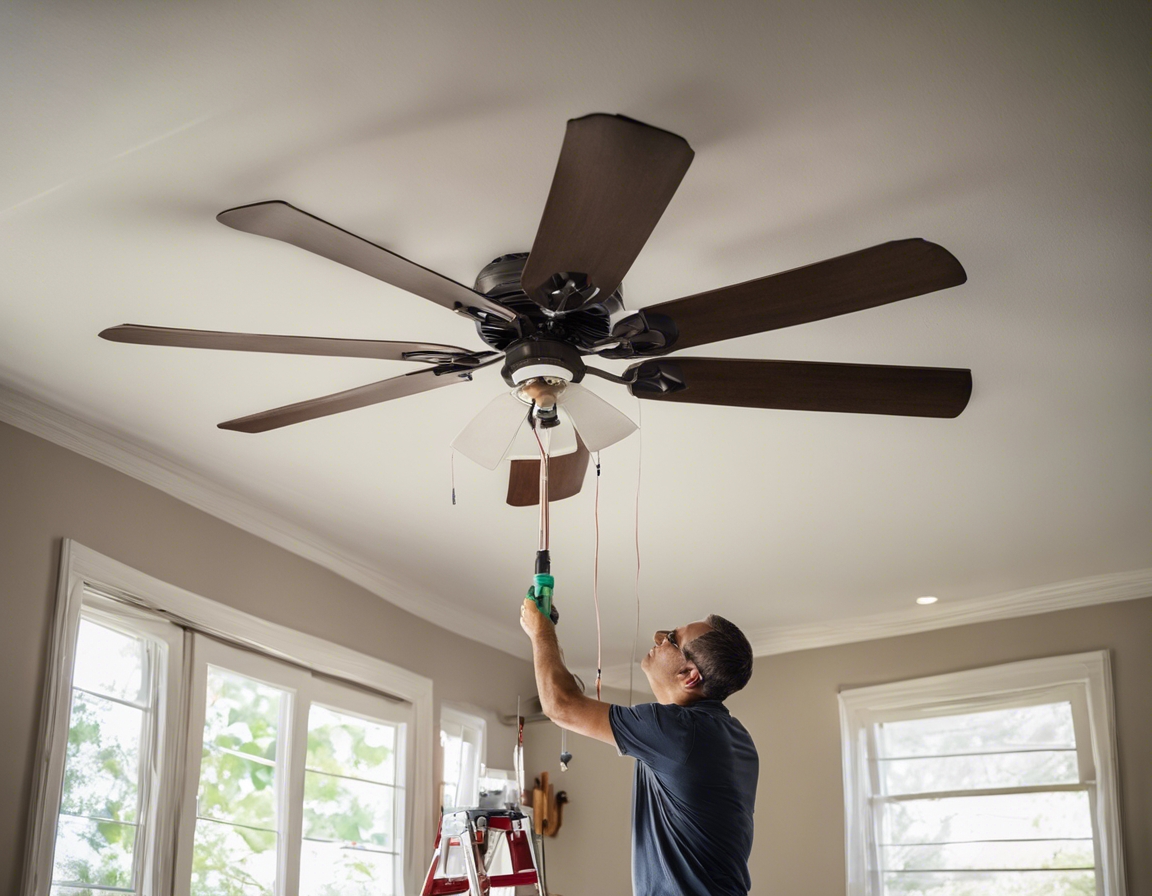5 signs you need to upgrade your home ventilation
Ensuring that your home has proper ventilation is essential for maintaining a healthy and comfortable living environment. However, many homeowners overlook the signs that indicate their ventilation system needs an upgrade. In this post, we'll explore five key signs that suggest it's time to enhance your home's ventilation.
Understanding Ventilation and Its Importance
Home ventilation involves the exchange of indoor air with fresh outdoor air, helping to reduce indoor pollutants, moisture, and odors. A well-designed ventilation system will provide a continuous supply of fresh air, maintain indoor air quality, and ensure energy efficiency.
Proper ventilation is crucial for several reasons. It helps to control air quality, regulate temperature, prevent moisture buildup, and protect the health of occupants. Without adequate ventilation, homes can become breeding grounds for mold, mildew, and other harmful pollutants.
Sign #1: Persistent Unpleasant Odors
Everyday activities such as cooking, cleaning, and having pets can contribute to persistent odors in the home. If these odors linger, it could be a sign that your ventilation system is not effectively removing them.
Upgrading your ventilation system can help eliminate unpleasant odors by expelling the stale air and replacing it with fresh outdoor air. This ensures that your home remains fresh and odor-free.
Sign #2: Mold and Mildew Growth
Mold and mildew can pose serious health risks, including respiratory issues, allergies, and other health problems. They thrive in moist environments, which can be a result of inadequate ventilation.
An effective ventilation system helps control humidity levels in your home, reducing the likelihood of mold and mildew growth. If you notice these issues, it's a clear sign that your ventilation needs an upgrade.
Sign #3: Allergy Symptoms and Poor Indoor Air Quality
Common indoor allergens include dust mites, pet dander, and pollen. These can accumulate in homes with poor ventilation, leading to increased allergy symptoms among residents.
Improving your home's ventilation can significantly reduce the presence of allergens, enhancing indoor air quality and reducing allergy symptoms.
Sign #4: Condensation on Windows and Walls
Condensation on windows and walls is often a sign of high indoor humidity levels. This can lead to water damage and mold growth if not addressed.
By upgrading your ventilation system, you can reduce indoor humidity and prevent condensation, protecting your home from potential damage.
Sign #5: High Energy Bills
Poor ventilation can lead to an overworked heating or cooling system, resulting in higher energy bills. An efficient ventilation system can help balance the indoor climate and reduce energy consumption.
Modern, energy-efficient ventilation systems not only improve air quality but also help homeowners save on energy costs. If you're experiencing high energy bills, consider upgrading to a more efficient system.






Comments (0)